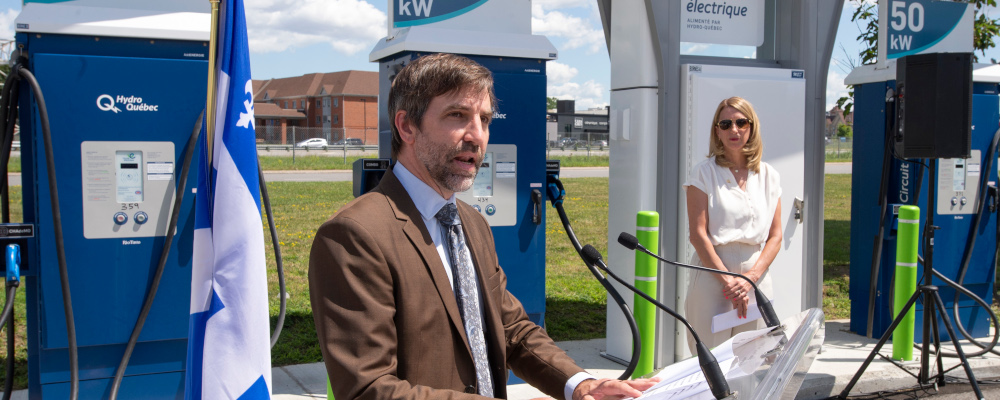In the coming days, Minister Guilbeault is expected to release final regulations that will micromanage new vehicle sales across Canada. Known as a zero-emission vehicle (ZEV) mandate, the regulations dictate that Canadians purchase an increasing proportion of ZEVS.
The overarching objective of the regulation is to achieve 100 percent ZEV sales by 2035. But by failing to keep at least one eye on competitiveness, they could do real harm to automobile manufacturing in Canada.
Let’s start with a bit of background.
Through aligned regulations and an integrated economy, underpinned by the United States-Mexico-Canada Agreement (USMCA), manufacturers assemble and sell vehicles into the larger North American market accounting for annual sales of nearly 20 million vehicles. Last year, over 90 percent of Canadian auto production was destined for the U.S.
It is this integration that has allowed Ford, General Motors, and Stellantis to make historic investments in Canada totaling over $14 billion since 2020. The majority of these investments are dedicated to ZEV assembly and battery manufacturing, creating over 6,000 good jobs in Canada and tens of thousands throughout the supply chain.
The importance of North American integration has been recognized and supported by governments of all stripes since the 1960s when the Auto Pact was implemented. Fundamental to this integration is the alignment of our vehicle emissions regulations with the U.S. Environmental Protection Agency (EPA). Known as the Passenger Automobile and Light Truck Greenhouse Gas Emissions Regulations (PALTGGER), the regulations require year-over-year reductions in GHG emissions.
This performance-based approach is focused on achieving GHG reductions, not mandating a specific technology, and has proven highly successful. According to Environment and Climate Change Canada, the automotive industry achieved a nearly 29 percent reduction in GHG emissions in new vehicles since 2005 due to investments into innovative technologies, including ZEVs and conventional powertrains, to meet increasingly stringent vehicle GHG emissions standards.
Earlier this year, the EPA issued a proposed new rule for vehicle emissions reductions for 2027 and beyond. The rule further tightens the already stringent vehicle GHG standards and will drive electrification as the pathway to achieve emissions reductions, resulting in increased deployment of ZEVs. In fact, the proposed U.S. GHG vehicle standards are the strongest ever and exceed the ZEV sales targets that have been outlined in Canada’s own Emissions Reduction Plan.
Given the more ambitious U.S. emissions standards and ZEV targets, it begs the question of why Canada would pursue a misaligned ZEV mandate in the first place.
Regrettably, that question remains unanswered just days before a final regulation is released. The federal government’s own cost-benefit analysis of the ZEV mandate found negligible additional GHG reductions attributable to the sales mandate.

Equally concerning is a lack of acknowledgement of the economic consequences of this approach and the longstanding integration with the U.S. economy. The federal government concludes that the “competitiveness of Canadian manufacturers and importers is not expected to be impacted” without providing any supporting evidence.
Fortunately, there is a better way for Canada to achieve emissions reductions and grow our automotive industry.
By committing to the performance-based emissions approach that maintains our alignment with the U.S., the federal government would achieve its environmental objectives, encourage market-driven innovation, and support the competitiveness of the auto industry. This approach also ensures Canadians continue to benefit from economies of scale for new auto technologies while creating regulatory efficiencies for government and industry.
Canada can be a full participant in the transformation to electrification. But getting this right depends on a clear connection between Canada’s climate change goals and the economic realities of an integrated North American industry.




